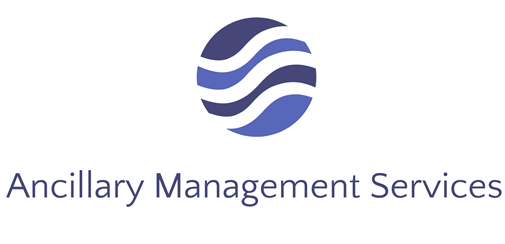Creating a simpler prescription filling process can help physicians elevate patient care and clinic efficiency. In-office medication dispensing is an innovative solution that allows physicians to fill their own prescriptions and dispense medications to their patients from the comfort of their clinic. An in-office dispensing program can help enhance patient care and optimize clinic operations. There are many compelling ways in which in-office dispensing can streamline the prescription filling process and revolutionize medical clinics.
1. Seamless Patient Experience
One of the primary advantages of in-office medication dispensing is the seamless patient experience it offers. Imagine a scenario where patients leave their physician’s office with their prescribed medications in hand, eliminating the need to make a separate trip to the pharmacy. This convenience not only saves patients time, but also enhances their overall healthcare journey. Patients appreciate the immediacy of receiving their medications, leading to improved adherence to treatment plans and ultimately better health outcomes.
2. Enhanced Medication Adherence
Medication non-adherence is a pervasive issue that can compromise the effectiveness of treatments. In-office dispensing addresses this challenge by ensuring that patients receive their medications at the same time as their medical consultation. Physicians have the opportunity to educate patients about the importance of adhering to their prescribed regimens and provide clear instructions on how to take their medications. This personalized interaction significantly boosts patient understanding and adherence, reducing the risk of treatment failure or complications.
3. Tailored Treatment Plans
In-office medication dispensing empowers physicians to tailor treatment plans more effectively. By having direct control over the medications provided, physicians can choose the most appropriate drugs, dosages, and formulations for each patient’s unique needs. This level of customization is particularly beneficial for patients with comorbidities or those who require adjustments to their treatment due to factors such as age, allergies, or previous adverse reactions. The result is a patient-centered approach that optimizes health outcomes.
4. Efficient Clinic Operations
Introducing an in-office dispensing program can significantly enhance the efficiency of clinic operations. Physicians no longer need to spend time communicating with pharmacies, addressing prescription refill requests, or troubleshooting medication-related issues. This frees up valuable time that can be redirected toward patient care, further improving patient engagement and satisfaction. Additionally, clinics can generate additional revenue through dispensing fees, contributing to financial stability and growth.
5. Reduced Administrative Burden
The administrative burden associated with managing prescriptions can be daunting. In-office medication dispensing alleviates this burden by centralizing the prescription filling process within the clinic. This results in streamlined documentation, simplified record-keeping, and reduced paperwork. Physicians and their staff can focus on patient care instead of dealing with the complexities of pharmacy interactions, insurance approvals, and prior authorization requirements.
Embrace In-Office Dispensing for An Elevated Patient Care Experience
In a world where patient satisfaction and clinic efficiency are paramount, in-office medication dispensing has emerged as a game-changing solution. By streamlining the prescription filling process, this practice not only benefits patients but also empowers physicians to provide higher quality care. The seamless patient experience, enhanced medication adherence, tailored treatment plans, efficient clinic operations, and reduced administrative burden collectively contribute to a more robust and patient-centered healthcare environment.
Physicians considering the implementation of an in-office dispensing program should evaluate their patient population, clinic workflows, and treatment priorities. Collaborating with pharmacists and staying abreast of the latest treatment guidelines will ensure that the dispensed medications are safe, effective, and aligned with evidence-based practices. As the program gains momentum, clinics can expand their formularies to encompass a broader range of medications, addressing a wider spectrum of medical conditions.
Embracing in-office medication dispensing is a strategic move towards elevating patient care and clinic efficiency. This practice not only modernizes the prescription filling process, but also enhances patient satisfaction, adherence, and engagement. By providing patients with a seamless experience and tailoring treatment plans to their unique needs, physicians can foster better health outcomes and stronger patient-physician relationships. As healthcare continues to evolve, in-office dispensing stands as a beacon of innovation, propelling clinics toward a future of improved patient care and operational excellence.

